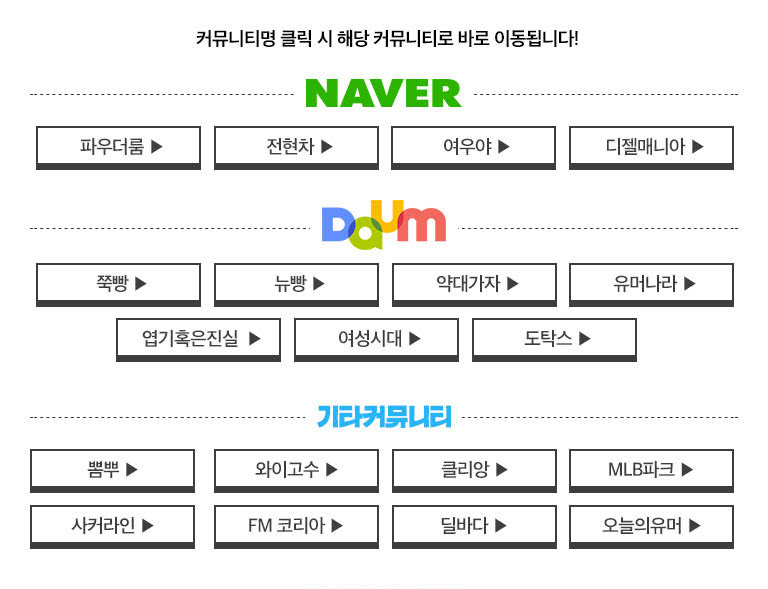|
Interview Practice
Do you like the way how fairytales are adapted into movies or TV series these days? Why do you say so? Give specific examples and reasons to support your answer.
Interviewee’s answer:
I grew up listening to fairytales as my mother would often read those kinds of stories to me before I go to bed. We had a big collection of fairytale books but I had a few favorites that I would ask my mother to read to me over and over again. I like the stories of Cinderella, Little Red Riding Hood and Sleeping Beauty. Since I repeatedly asked my mother to read those stories to me, I unconsciously memorized every single detail in each of those three fairytales.
As I grew older, a lot of movie adaptations of fairytales were made and my three favorites were among them. The story of Cinderella was used for the movie “Ever After,” Little Red Riding Hood for the movie “Red Riding Hood” and Sleeping Beauty for “Maleficent.”I watched all of the three movie adaptations and was left very disappointed.
The movie adaptations of my favorite fairytales were too altered to the point that I was not able to see the original storyline anymore. “Ever After” made the character of Cinderella fall in love with a New Yorker, “Red Riding Hood” was a horror movie that may not be watched by kids and “Maleficent” wasn’t about Princess Aurora at all.
I understand that the entertainment industry is trying to find creative ways on how to put a twist to traditional fairytales but it would be a lot better to stick to the original story. Fairytales were made to have moral lessons and good enough for people of different ages to watch. Tweaking parts of the story will change how people will understand the fairytale’s main thought and it will not allow young children to appreciate the real essence of the fairytale.
With all these, I can say that making fairytales into movies or a TV series is acceptable for as long as the original story is used. Fairytales are children’s stories with magical and imaginary beings and places. They are filled with positivity and they have been passed on from generation to generation. The entertainment industry must try to keep the integrity of these fairytales as they try to make them into movies or TV shows so that the flow of the stories will be the same among people’s minds.
|


























































